What Is Human Terminal Velocity
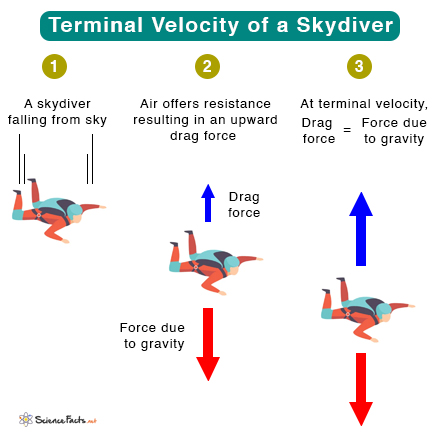
Understanding Human Terminal Velocity

When objects fall through the air, they accelerate downward due to the force of gravity. However, as they gain speed, air resistance, also known as drag, opposes their motion, slowing them down. Eventually, the force of gravity pulling the object downward is balanced by the force of air resistance pushing the object upward, causing the object to reach a constant velocity. This maximum speed is known as the terminal velocity.
For humans, terminal velocity is a critical concept, particularly in the context of skydiving and other activities that involve free-falling through the air. In this article, we will delve into the concept of human terminal velocity, exploring the factors that influence it, how it is calculated, and what it means for skydivers and others who engage in free-falling activities.
Factors Affecting Human Terminal Velocity
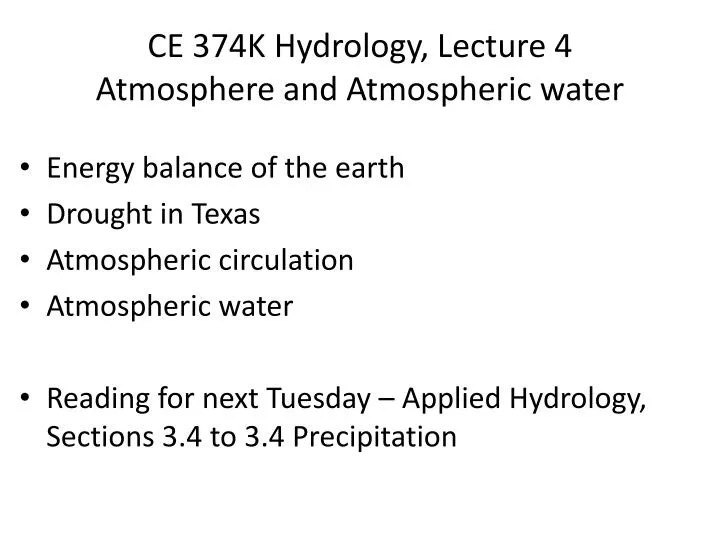
Several factors affect human terminal velocity, including:
- Body position: The position of the body during free-fall affects the amount of air resistance encountered. A belly-to-earth position, also known as a “belly-flop” position, creates the most air resistance, resulting in a lower terminal velocity. A head-down position, on the other hand, creates less air resistance, resulting in a higher terminal velocity.
- Body size and shape: Larger individuals tend to have a higher terminal velocity due to their greater weight and surface area. However, this is also dependent on the body shape, as a more streamlined body shape can reduce air resistance.
- Clothing and equipment: Wearing bulky clothing or equipment can increase air resistance, reducing terminal velocity. Skydivers often wear specially designed suits and gear to minimize air resistance.
- Air density: Terminal velocity is also affected by air density, which varies depending on altitude, temperature, and humidity.
Calculating Human Terminal Velocity

Calculating human terminal velocity is a complex process, as it depends on various factors, including those mentioned above. However, a simplified formula can be used to estimate terminal velocity:
Terminal velocity (Vt) = √(2 * weight * g / (air density * drag coefficient * cross-sectional area))
Where:
- Weight is the weight of the individual
- g is the acceleration due to gravity (approximately 9.8 m/s^2)
- Air density is the density of the air
- Drag coefficient is a value that depends on the body shape and position
- Cross-sectional area is the area of the body presented to the air
Using this formula, we can estimate the terminal velocity of a human in different body positions.
| Body Position | Terminal Velocity (m/s) |
|---|---|
| Belly-to-earth | 120-140 |
| Head-down | 150-170 |
| Spread-eagle | 100-120 |
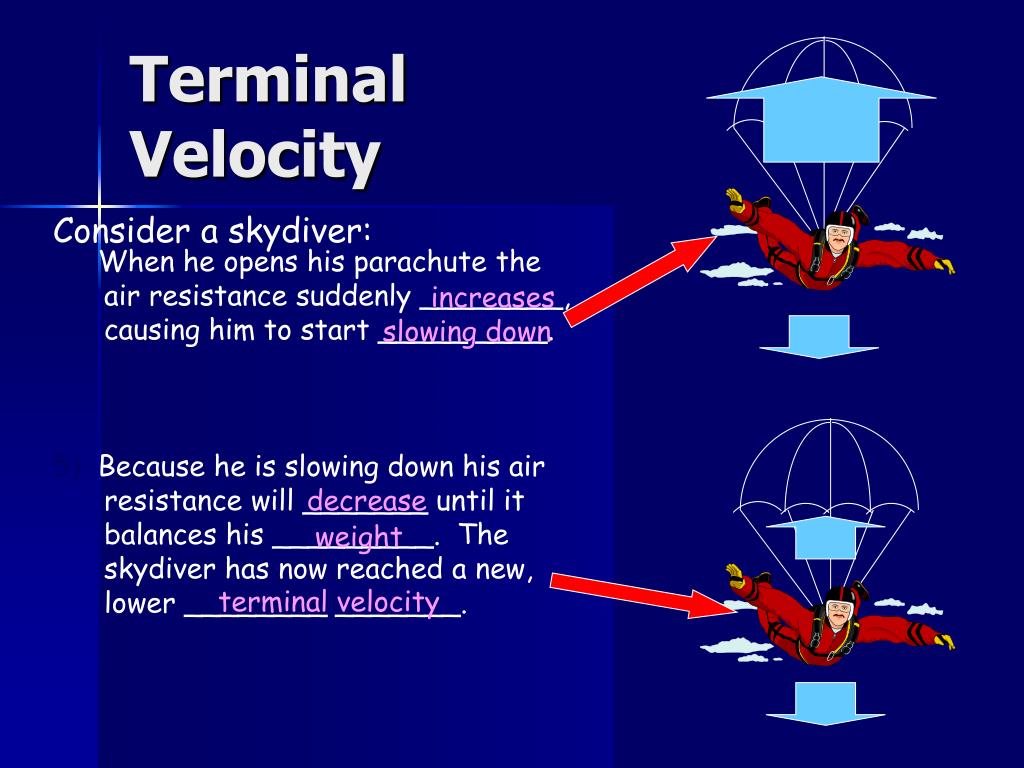
Note: These values are approximate and can vary depending on individual factors.
Notes
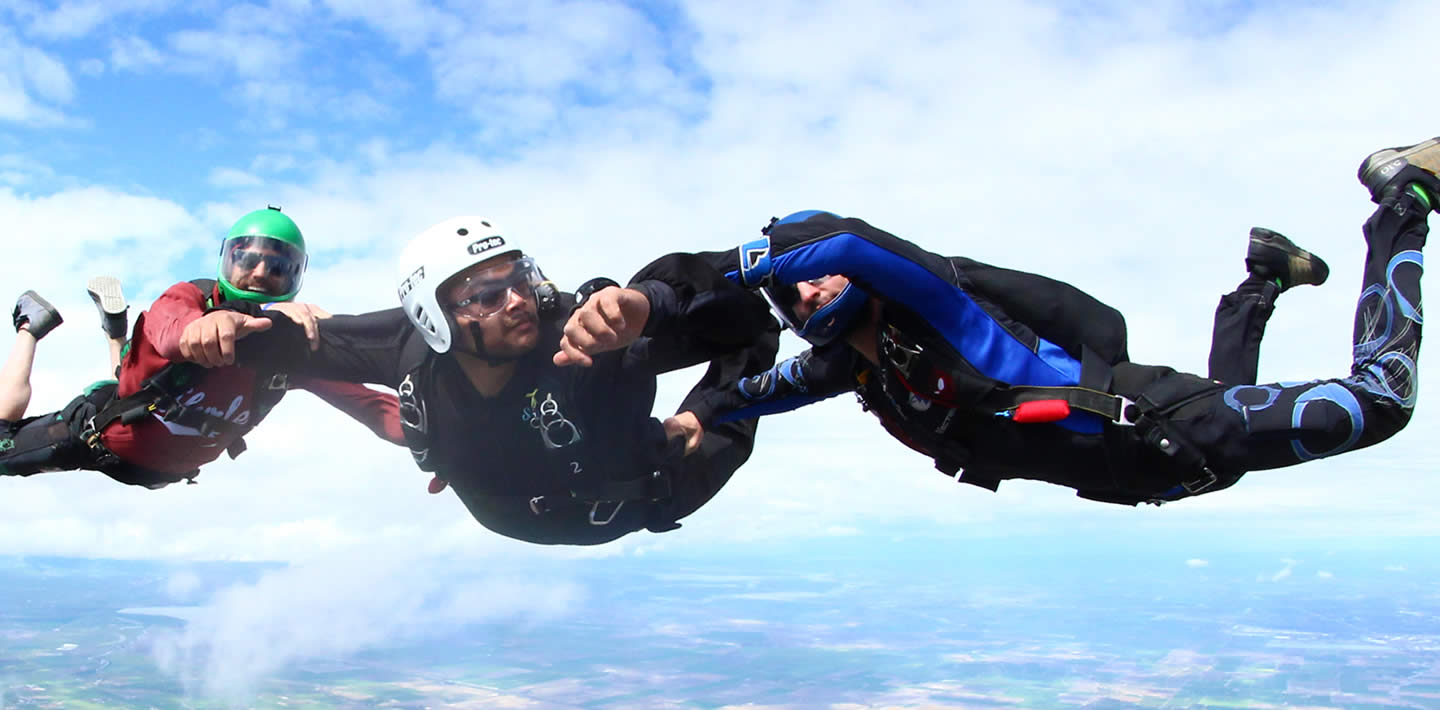
🚨 Note: Terminal velocity is not the same as free-fall speed. Free-fall speed is the speed at which an object falls through the air, accelerating downward due to gravity. Terminal velocity is the maximum speed an object can reach during free-fall, after air resistance has balanced the force of gravity.
👥 Note: Skydivers often reach terminal velocity within 10-15 seconds of jumping from an airplane. At this point, they can deploy their parachute to slow down and land safely.
Conclusion

Human terminal velocity is a critical concept in skydiving and other activities that involve free-falling through the air. Understanding the factors that influence terminal velocity and how to calculate it can help skydivers and others make informed decisions about their activities. By considering body position, clothing and equipment, air density, and other factors, individuals can optimize their free-fall experience and ensure a safe and enjoyable experience.
What is the average terminal velocity of a human in a belly-to-earth position?

+
The average terminal velocity of a human in a belly-to-earth position is approximately 120-140 m/s.
How does air density affect terminal velocity?

+
Air density affects terminal velocity by changing the amount of air resistance encountered. Thicker air, such as at lower altitudes, results in greater air resistance and a lower terminal velocity.
Can terminal velocity be affected by clothing and equipment?
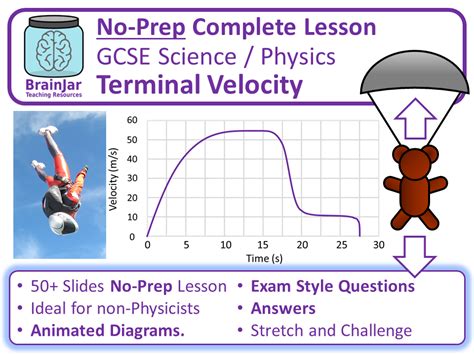
+
Yes, clothing and equipment can affect terminal velocity by changing the amount of air resistance encountered. Bulky clothing or equipment can increase air resistance, reducing terminal velocity.